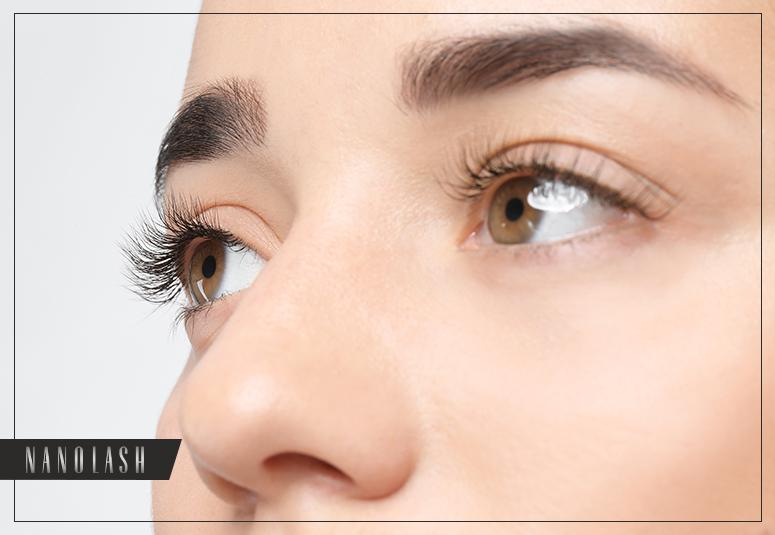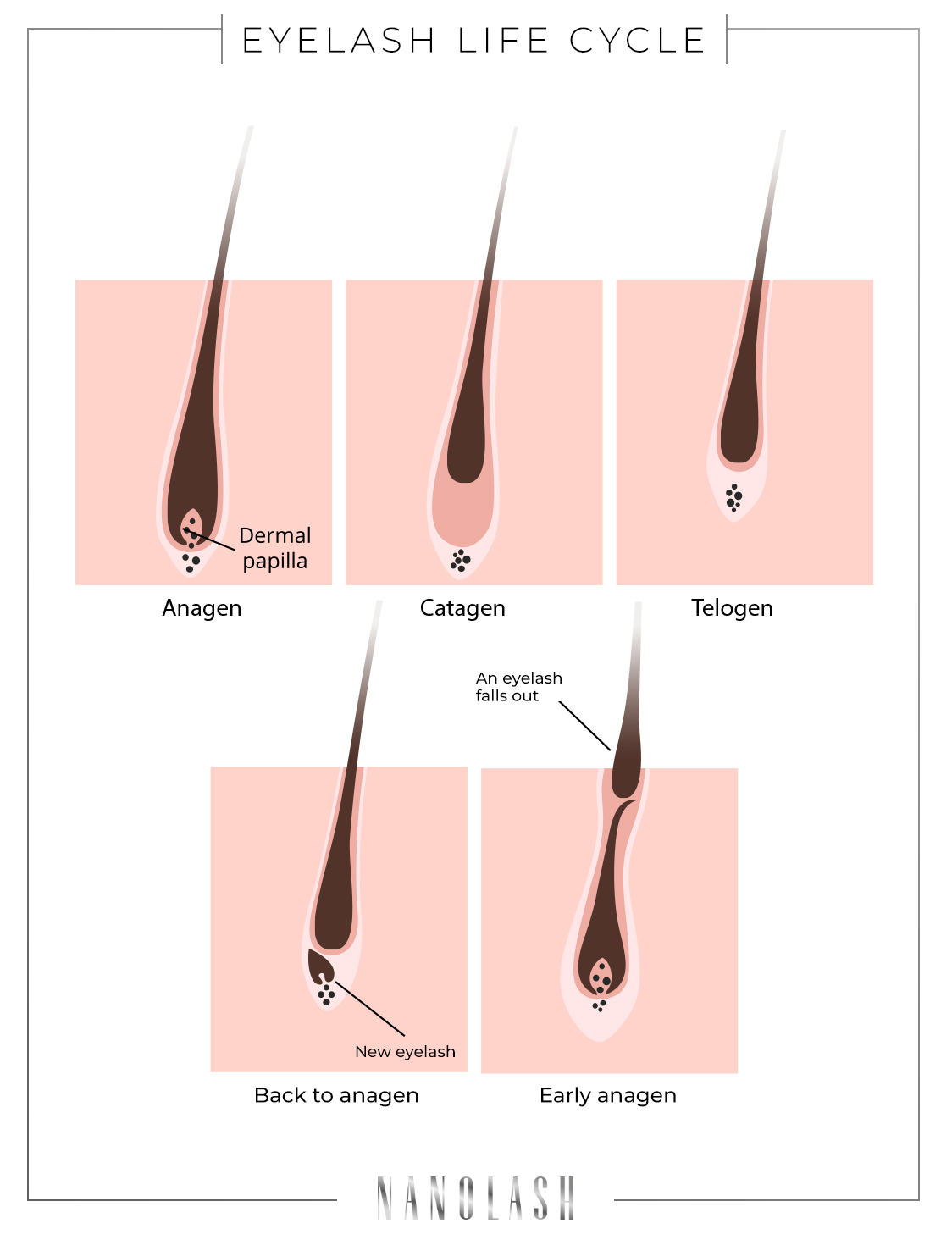
Beautifying our lashes is the easiest way to make our eyes look their best. Every day, women do their best to enhance their lashes and create the best looks using a mascara formula. Is the beautifying effect the only purpose of eyelash hair though? Not at all. Eyelashes play an important role in the human body. Keep reading to find out what we need lashes for.
Eyelash Biology and Eyelash Life Cycle
These tiny hairs around the eyes are so-called adnexal structures. There are around 120 to 250 lashes on the upper eyelid, from 8 to 12 millimeters long. The lower eyelid, on the other hand, has from 50 to 150 lashes, from 6 to 8 millimeters long. The color of eyelashes is usually similar to the person's head hair. People with fair skin and blonde hair usually have light-colored lashes and brows, and some are not happy with it. Still, there are more and more ways to darken eyelashes, and make them thicker and fuller. It is good to realize the great importance of eyelash care, and you can read more about it in this post.
What Are Lashes Made Out Of?
The root, aka lash bulb, is the base of eyelash hair and its living part. It is located in a hair follicle and is responsible for absorbing vitamins, minerals and nutrients. The hair stem is another layer of lash hair, and by looking at it, we can tell if hair - lashes in this case - is in good condition or not. The length, shape and texture of lashes are determined mostly by the genes as well as general health and diet.
The flat cuticle scales cling to each other, and are the main building block of lash bulbs. The scales form a cuticle layer which protects the root from any mechanical injuries. The keratin coating, which ensures hair elasticity and resilience, is located under the protective layer.
Lash Life Cycle
You have probably seen a lash on your cheek many times, wondering what you'd done wrong. Don’t worry! Any hair has a coded life span. Every day we lose around 2-3 lashes per eye which is all natural. Why does it happen? The lash life cycle comes in three stages:
- anagen - the active process which occurs under the skin, and lasts until the lash grows out and gets on the skin surface.
- catagen - at this stage hair bulbs die, while the lash achieves its maximum length and is still on the eyelid.
- telogen - the moment when the lash dies and is replaced by a new lash which literally forces the old one out.
Each phase covers around 33 percent of lashes. There is balance between the stages which is why we don't even notice lashes falling out because they are immediately replaced by new ones. The process goes round, and each lash stays in its place from 2 to 4 months. In other words, you don't need to worry about a single lash you find on your cheek because a new one grows out right off.

Eyelashes. Why Are They So Important for the Eyes?
-
Eyelashes maintain hydration and reduce air flow
Human eyes have the optimal moisture thanks to the special tear film which protects the eyes. Such a protective filter supplies eyes with nutrients, and refracts the light to preserve the sharpness of vision. Eyelashes also reduce the airflow to keep it away from the eyes as much as possible, which maintains the humidity of the tear film. At the same time, eyelashes protect the eyes from dust, sand, sweat, rain, etc.
-
Eyelashes signalize danger
You must have noticed that whenever something gets too close to your eyes and eyelashes, you automatically close your eyes. The lashes work similarly to cat's whiskers - they detect the objects and cause our immediate reaction.
-
Eyelashes filter the sunlight
Even though eyelashes are unable to filter the sunlight completely, they are super effective at protecting the eyes from the strong sunlight. Without them, we would experience blindness every time we go outside.
Eyelash Loss - Possible Causes
Lashes fall out naturally and you shouldn't be worried, however, in some cases, they may need more attention on our end. Hair, lashes and brows falling out in excess is a serious sign that your body is crying for help.
Eyelashes falling out excessively - mechanical injuries
- Rubbing the eyelids during makeup removal may lead to lash breakage. We recommend soaking a cotton pad in a makeup remover and pressing it to the eyelid gently. Hold it for around fifteen seconds and move it slowly following the direction of hair growth.
- Imprecise makeup removal leaves you with product residue on the lashes, which may cause dryness, as well as clog the skin pores on eyelids causing painful pimples or even eye infections.
- The habit of rubbing the eyelids, pressing the hands or fingers hard. By doing so, you harm both eyelashes and eyes. Gentle scratching of the itchy place is a better way out.
- The wrong use of a lash curler may cause microdamage to lashes, especially when you use it on lashes after applying mascara - never do that!
As we have already mentioned, our body can signal when something wrong is happening in it. Eyelash loss does not always indicate that your skincare is bad or that you are allergic to something. If your eyelashes are suddenly and excessively falling out, are getting sparse only on one eye, or their loss is also accompanied by eyebrow and hair loss, it's a signal of health problems. It could be a matter of vitamin or mineral deficiencies. It is then best to visit a specialist, who will verify the problem and implement appropriate measures.